Best Time for Wrought Iron Repairs
Wrought iron repairs are most effectively performed during mild weather conditions. Optimal timing typically falls in late spring and early fall, when temperatures are moderate and humidity levels are lower. This helps ensure proper adhesion of paints and coatings, and reduces the risk of rust formation during the repair process.
Performing repairs during these periods minimizes exposure to extreme heat or cold, which can compromise the integrity of repair materials. Additionally, avoiding winter months prevents delays caused by inclement weather and freezing temperatures that hinder metalwork and painting efforts.
Spring offers ideal conditions for wrought iron repairs, with warmer temperatures and less humidity, facilitating effective rust removal and repainting.
Early fall provides a suitable climate for repairs, allowing finishes to cure properly before winter sets in.
Cold and wet weather can delay repairs and increase the risk of rust and corrosion during the process.
While summer can be suitable, high temperatures and humidity may affect paint drying times and adhesion.
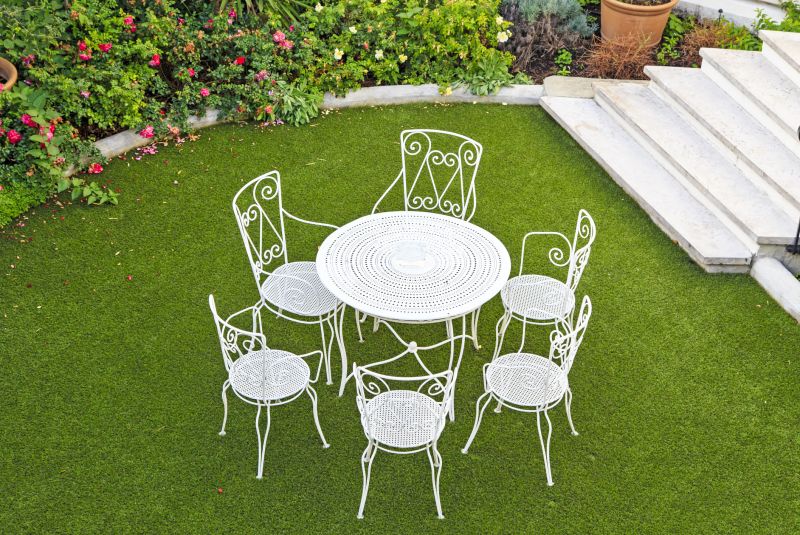
Ways to make Wrought Iron Repairs work in tight or awkward layouts.
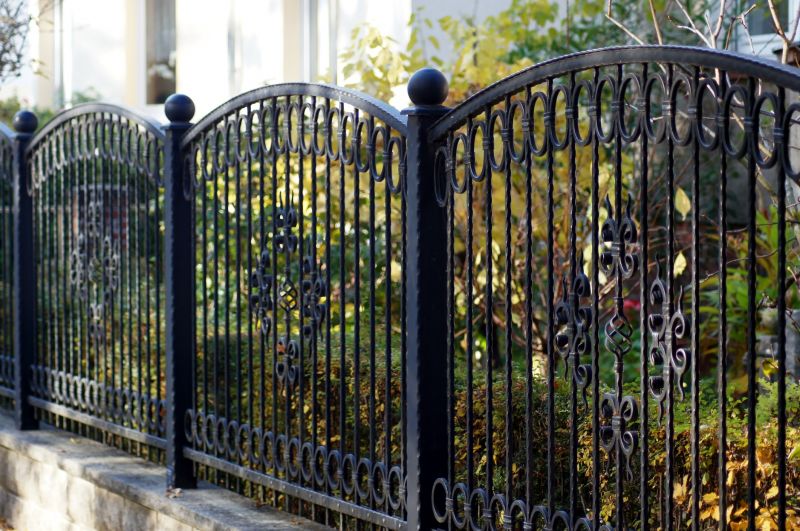
Popular materials for Wrought Iron Repairs and why they hold up over time.
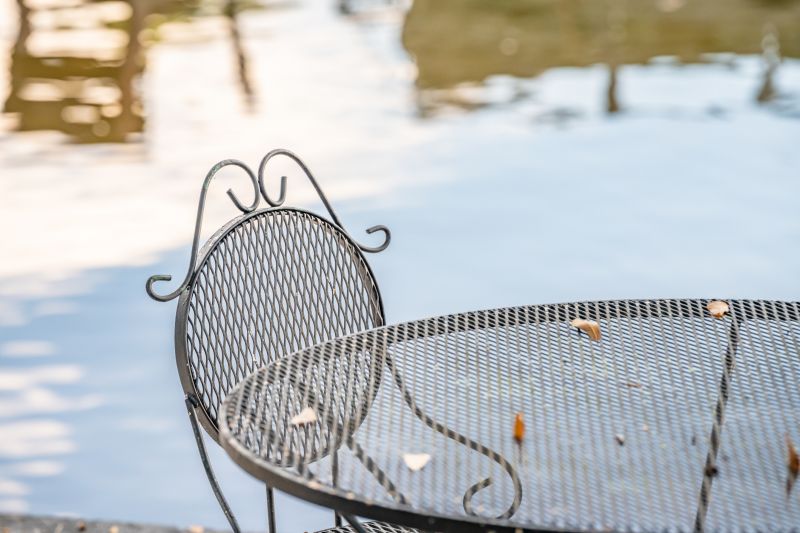
Simple add-ons that improve Wrought Iron Repairs without blowing the budget.
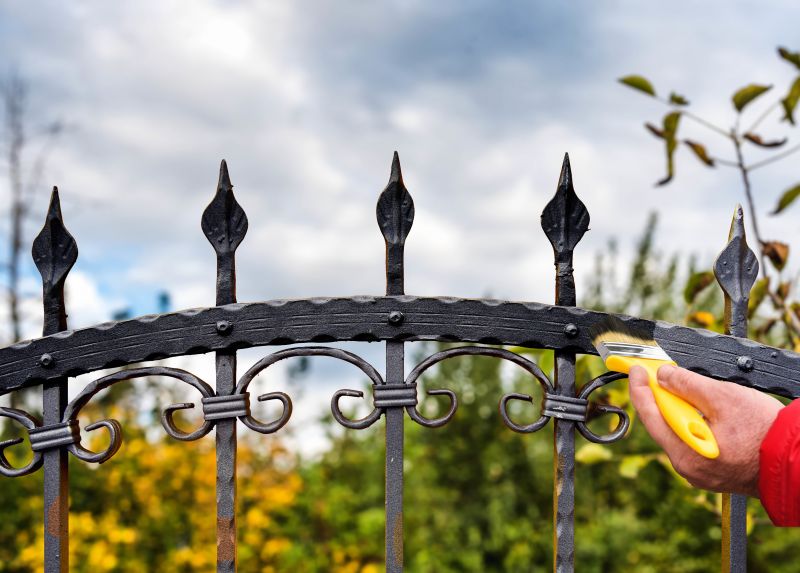
High-end options that actually feel worth it for Wrought Iron Repairs.
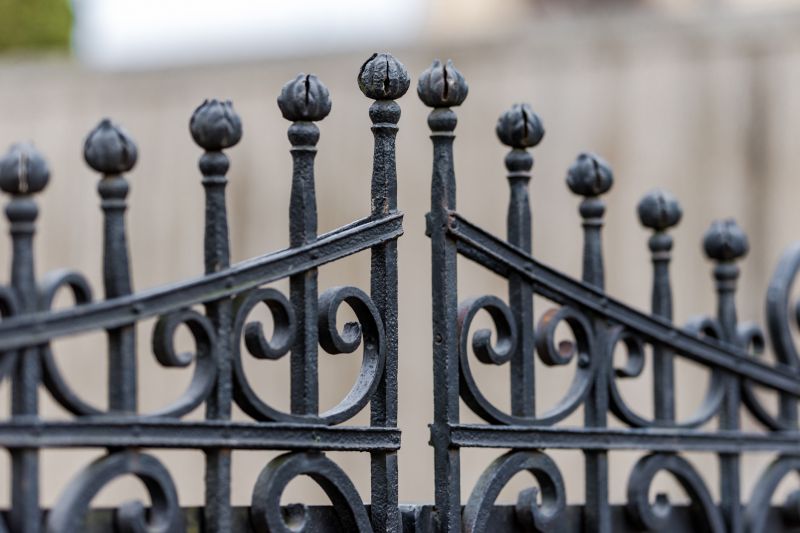
Finishes and colors that play nicely with Wrought Iron Repairs.
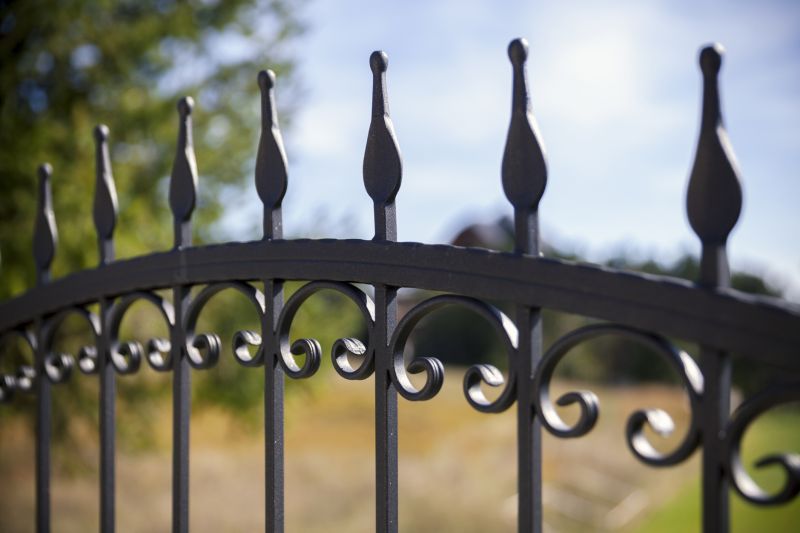
Little measurements that prevent headaches on Wrought Iron Repairs day.
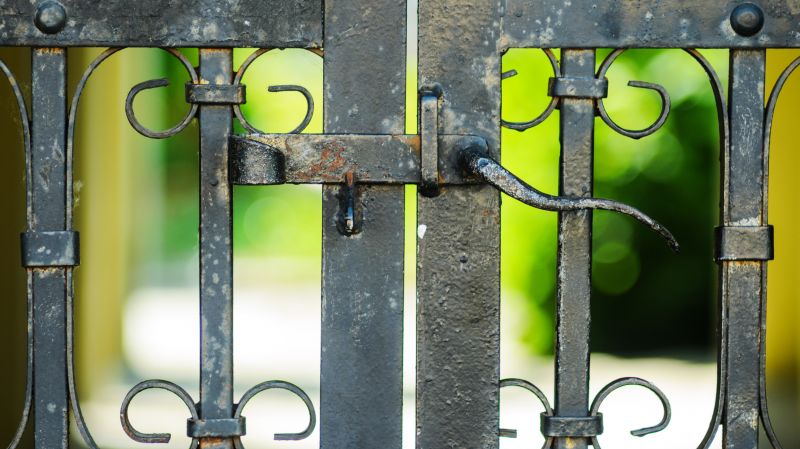
A 60-second routine that keeps Wrought Iron Repairs looking new.
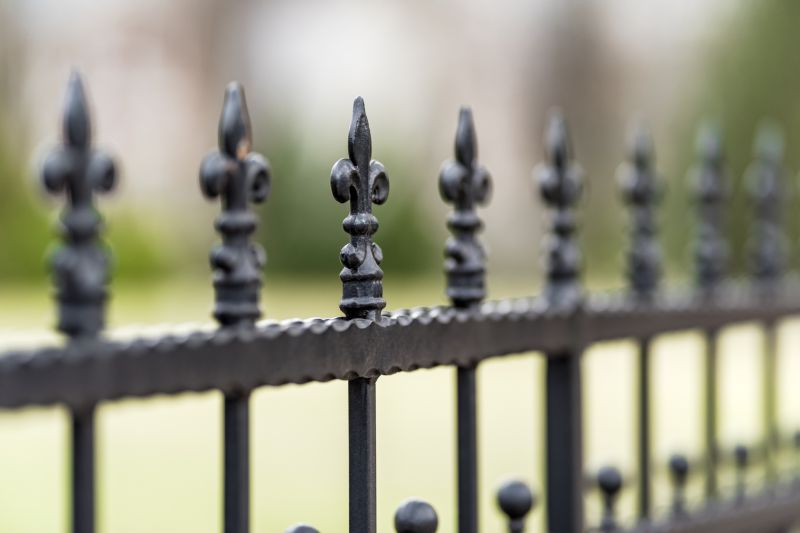
A frequent mistake in Wrought Iron Repairs and how to dodge it.
| Season | Recommended Activities |
|---|---|
| Spring | Rust removal, repainting, sealing |
| Early Fall | Surface preparation, painting, sealing |
| Summer | Touch-up repairs during cooler parts of the day |
| Winter | Generally not recommended due to weather constraints |
| Late Fall | Inspection and minor repairs before winter |
Wrought iron repairs involve several key processes to restore and preserve metalwork. These include rust removal, surface preparation, application of protective coatings, and sometimes welding or reinforcement. Proper timing ensures these steps are performed under conditions that maximize adhesion and durability. Regular maintenance during optimal seasons can extend the lifespan of wrought iron structures and prevent costly repairs in the future.

Small tweaks to make Wrought Iron Repairs safer and easier to use.
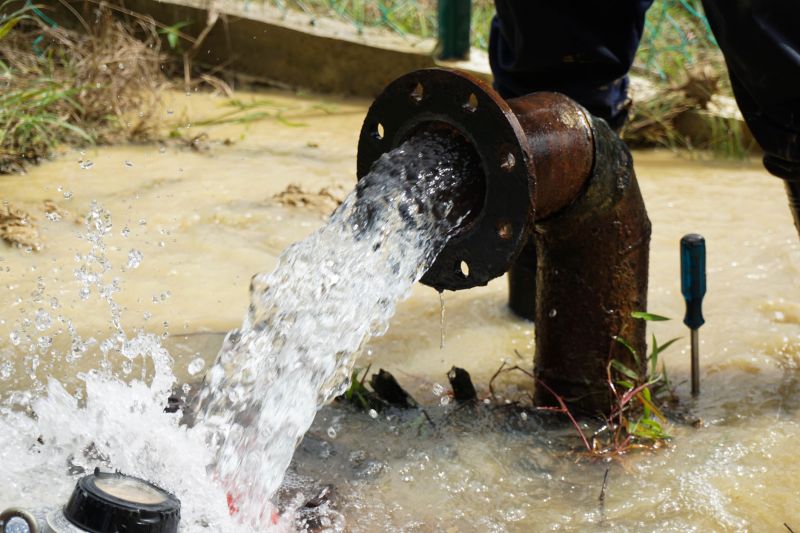
Lower-waste or water-saving choices for Wrought Iron Repairs.
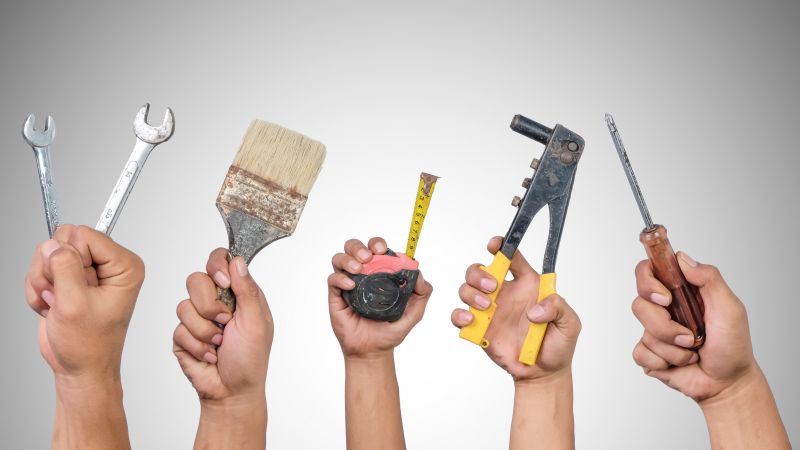
The short, realistic tool list for quality Wrought Iron Repairs.
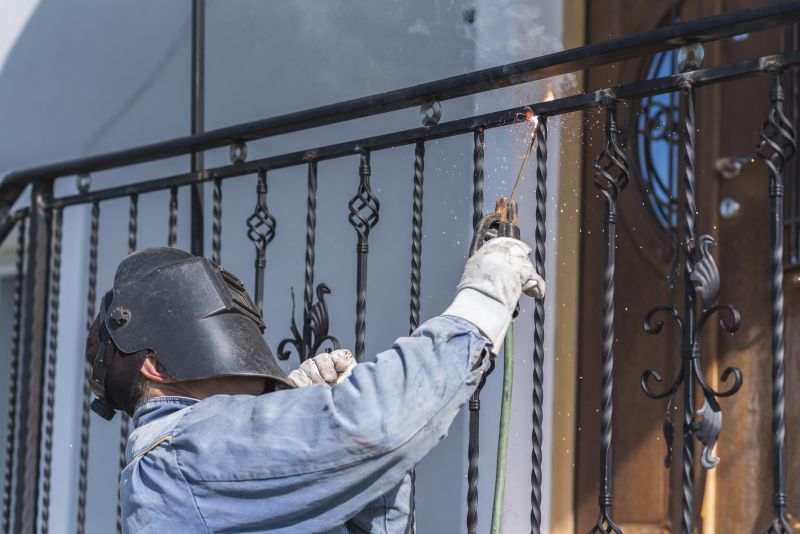
Rough timing from prep to clean-up for Wrought Iron Repairs.
For those interested in wrought iron repairs, filling out the contact form can provide additional information and scheduling options. Proper timing and maintenance can significantly enhance the appearance and longevity of wrought iron features, making timely repairs a valuable investment.



